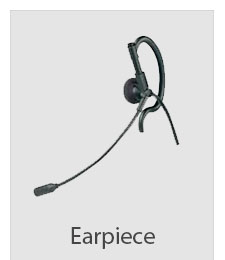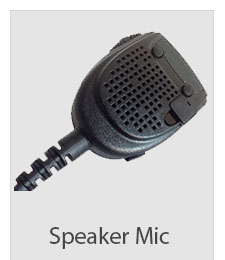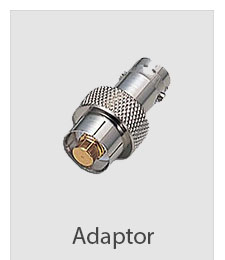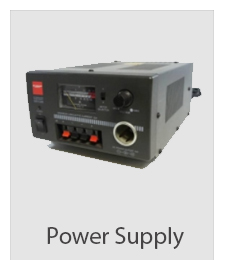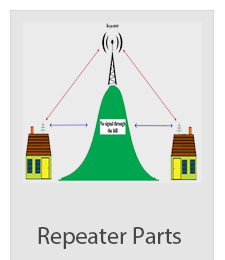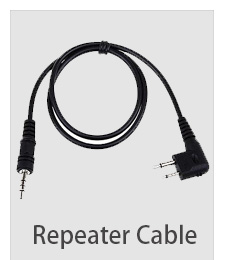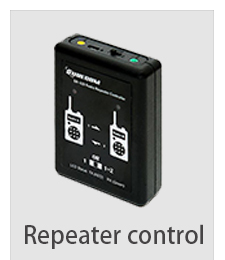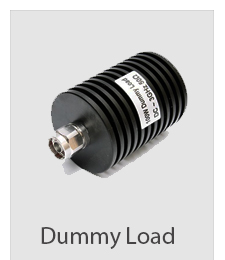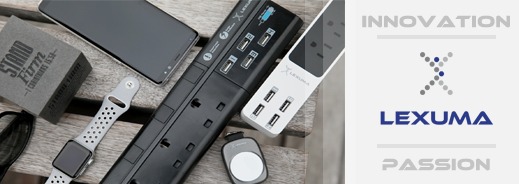The Different Types Of Mics And Their Uses (I)
This article will help you understand what the main kinds of microphones are that are used in music production, both live and recording, and what each type of mic is typically used for.
Microphone Polar Patterns
Polar patterns describe how microphones pick up sound, showing specifically where mics 'listen' spatially and which positions are blocked. Having a good grasp of these polar patterns will help you select the right mics that capture the sound that you need while minimizing unwanted noise.
These guides explain what you need to consider when buying microphones and also show you which mics have the highest Gearank scores:
Cardioid mics capture everything in front and block everything else. This front-focused pattern will let you point the mic to a sound source and isolate it from unwanted ambient sound, making it ideal for live performance and other situations where noise reduction and feedback suppression are needed. Cardioid mics surpass other polar patterns by far in terms of popularity, used widely in live performances, from karaoke to big arena concerts. Other common uses include miking loud instruments like drum kits and guitar speakers. Note that these types of mics add subtle sound coloration when the source is off axis, which is why mic position when speaking and singing is very important.
Super/Hyper Cardioid Microphones
These mics have the same front directionality, but have a narrower area of sensitivity compared to cardioids. This results in improved isolation and higher resistance to feedback. Because of their enhanced ability to reject noise, you can use these for loud sound sources, noisy stage environments or even for untreated recording rooms. On the flip side, back rejection is a bit compromised, so you will have to position unwanted sounds like stage monitors and drum kits on the dead spot sides.
Omnidirectional Microphones
These are microphones that capture sound from all angles. Because of their non-directional design and zero rejection, these mics capture nuances better, resulting in a more natural sound. You can use these mics in studios and other venues (like old churches) with great acoustics, and can also be used for live recording of multiple instruments, as long as the noise level is low. The obvious downside is that they lack background noise rejection and are prone to monitor feedback, which makes them unsuitable for loud and noisy venues.
The name of this pattern is derived from its graphical representation, which looks like the number 8. The long and short of it is that Figure-8 mics capture the sound of both the front and back, while rejecting the two sides. This front and back sensitivity makes them idea for stereo recording and for capturing two or more instruments. They are essentially like omni directional mics, but with sound rejection on two sides. Although not as popular as other polar patterns, the figure-8 is commonly used on ribbon mics and on some large diaphragm condenser microphones.
Shotgun mics, also called Line and Gradient, feature a tube like design that make their polar pattern even more directional than hyper cardioids. The capsule is placed at the end of an interference tube, which eliminates sound from the sides via phase cancellation. This design results in a tighter polar pattern up front with longer pickup range. Although Shotgun mics are more commonly used for film and theatre, they also make great overhead mics for capturing things like singing groups, chorals, drum cymbals.
Switchable/Multi-Pattern Microphones
These are microphones that can change between different polar patterns, allowing for versatile placement. Many of today's USB condenser microphones have this feature, letting you switch between multiple patterns by simply flicking a switch. Others provide the same flexibility through changing the mic head. The advantage that these mics offer is obvious, more positioning possibilities and more usage. Just remember to be careful when handling these mics, you don't want to accidentally damage the extra moving parts and circuitry that give them their versatility.
|






